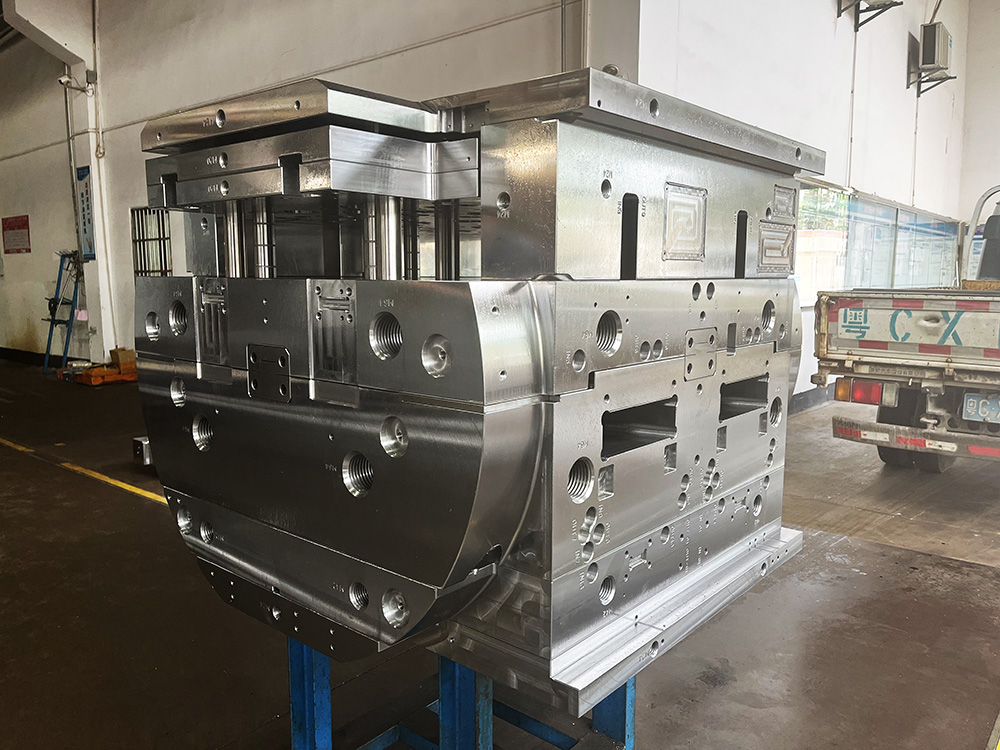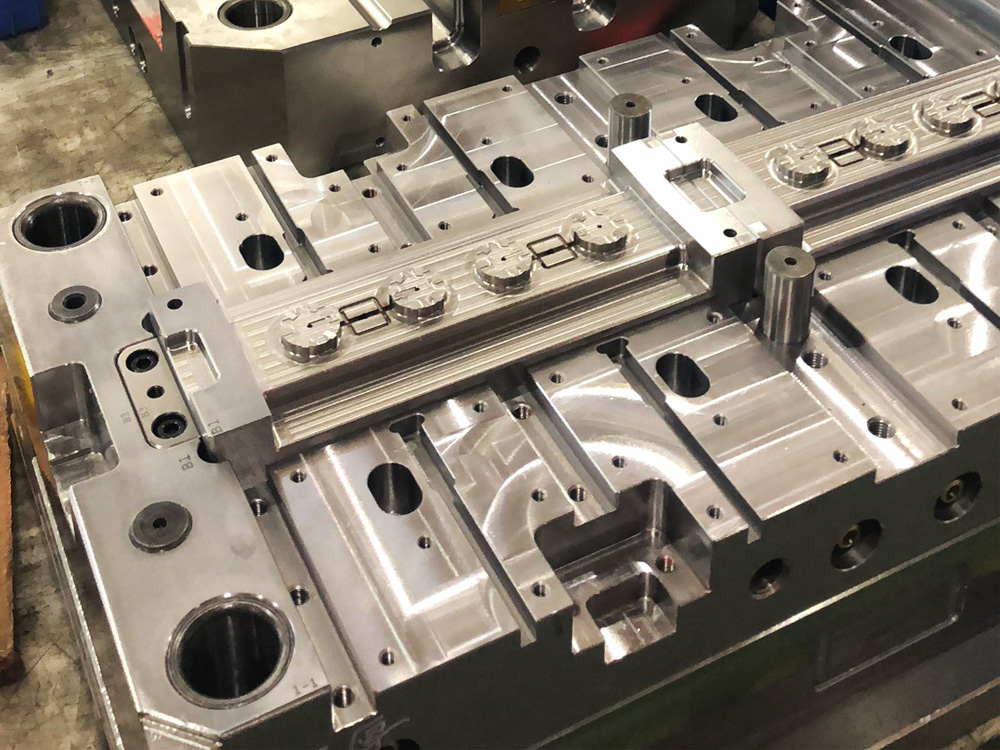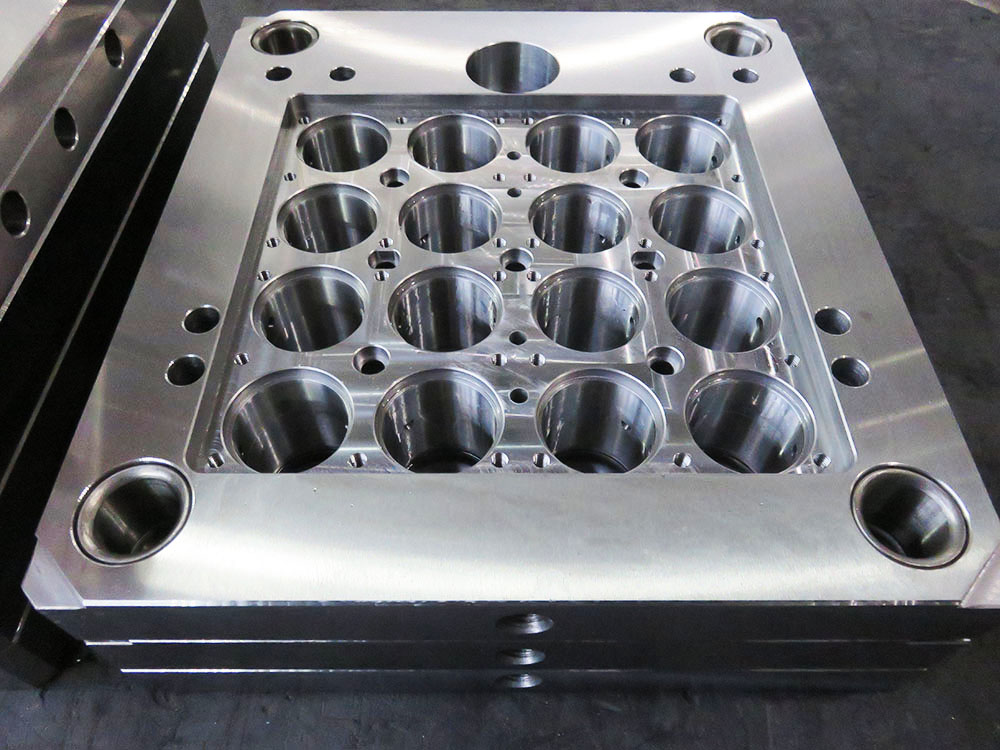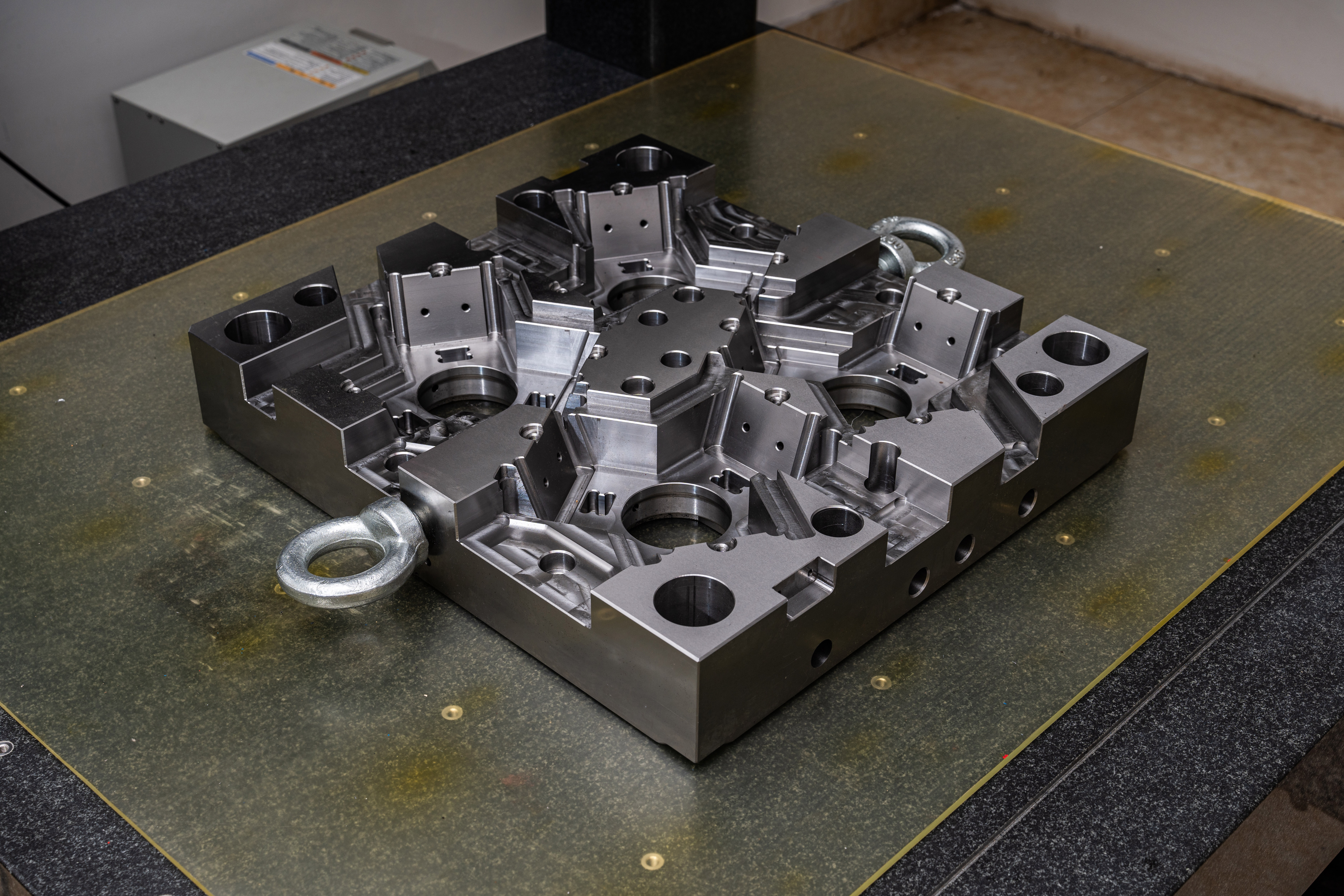Mold Base Industry: A Step-by-step Guide to Drawing a UG Standard Framework
The mold base industry plays a critical role in the manufacturing sector, providing the foundation for the production of various plastic and metal products. Drawing a UG (Unigraphics) standard framework is an essential step in the mold base design process. In this article, we will guide you through the step-by-step process of creating a UG standard framework, ensuring clarity, professionalism, and coherence.
Step 1: Understand the UG Standard Framework
Before diving into the drawing process, it is crucial to have a clear understanding of the UG standard framework. The UG framework provides a standardized layout for mold bases, ensuring compatibility and ease of integration in manufacturing processes. Familiarize yourself with the different components of the UG framework, such as the A-plate, B-plate, ejector pin holes, and support pillars.
Step 2: Gather the Required Information
Prior to starting the drawing process, gather all the necessary details and specifications. This includes the product design, dimensional requirements, tolerance levels, and any unique features or considerations. The accuracy of the UG standard framework greatly depends on the completeness and correctness of the provided information.
Step 3: Start with a 2D Sketch
Begin the drawing process by creating a 2D sketch of the mold base framework. Use the provided dimensions and specifications to accurately represent the desired shape and layout. Pay close attention to detail, ensuring the proper alignment of the various components.
Step 4: Utilize UG Software
Once the 2D sketch is complete, transfer it into UG software for further refinement and transformation into a 3D model. Leverage the software tools to create the different components of the mold base, such as the A-plate, B-plate, and support pillars. Pay attention to the accurate positioning and alignment of the ejector pin holes, ensuring they match the requirements of the product design.
Step 5: Include Supporting Features
In addition to the primary components, incorporate necessary supporting features into the UG standard framework. This includes elements like cooling channels, locating rings, and guide pin holes. These features enhance the functionality and effectiveness of the mold base, optimizing the manufacturing process.
Step 6: Check for Compatibility and Alignment
Once the 3D model of the UG standard framework is complete, thoroughly check for compatibility and alignment. Ensure that all the components of the mold base fit together seamlessly and align accurately with the product design. Make any necessary adjustments or modifications to rectify any detected issues.
Step 7: Validate with Simulation
Validate the UG standard framework design by simulating the manufacturing process. Utilize the simulation capabilities of the UG software to analyze factors like material flow, cooling efficiency, and mold filling. This helps identify any potential defects or areas of improvement, allowing you to refine the design before proceeding to the production phase.
Step 8: Generate Engineering Drawings
Once the UG standard framework design is finalized and validated, generate comprehensive engineering drawings. These drawings provide detailed information on the dimensions, tolerances, and specifications of the mold base. Ensure that the engineering drawings comply with industry standards and regulations.
Step 9: Review and Collaboration
Before concluding the UG standard framework drawing process, review the design with relevant stakeholders and collaborate for any necessary feedback or improvements. Engage with the product design team, manufacturing engineers, and quality control personnel to ensure that all requirements and considerations are met.
Step 10: Documentation and Archive
Once the UG standard framework drawing process is completed, document and archive all relevant information and files. This includes the engineering drawings, simulation results, and any additional documentation pertaining to the design. Proper documentation ensures that the design can be referenced and replicated accurately in future mold base projects.
In conclusion, drawing a UG standard framework for the mold base industry is a precise and systematic process. Following the step-by-step guide outlined above ensures a clear and professional approach, resulting in a well-designed and optimized mold base. This standardization enhances manufacturing efficiency, product quality, and overall industry competitiveness.




